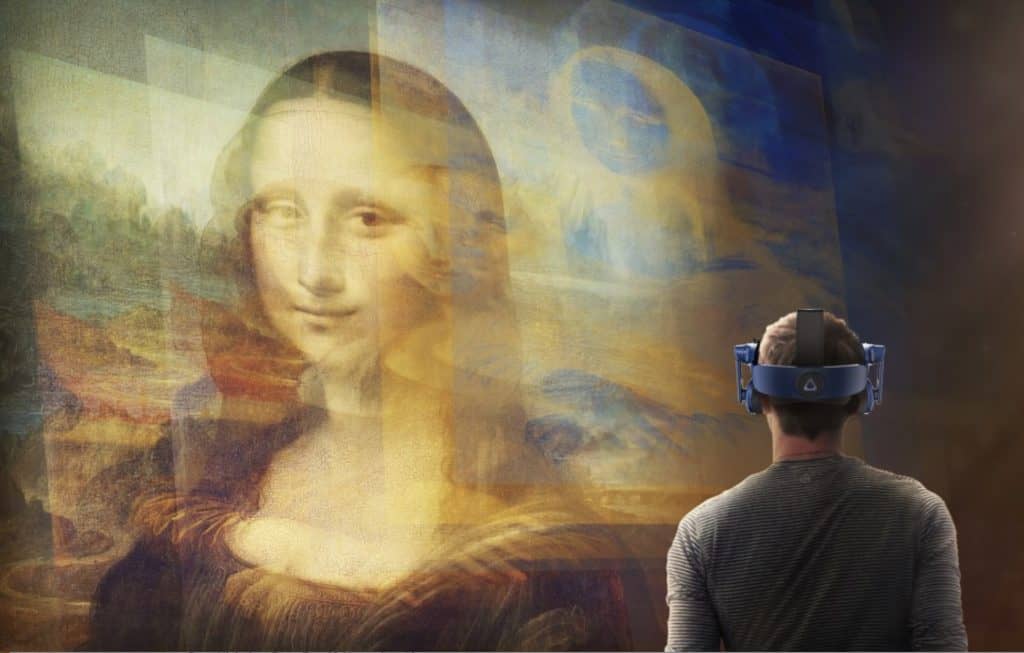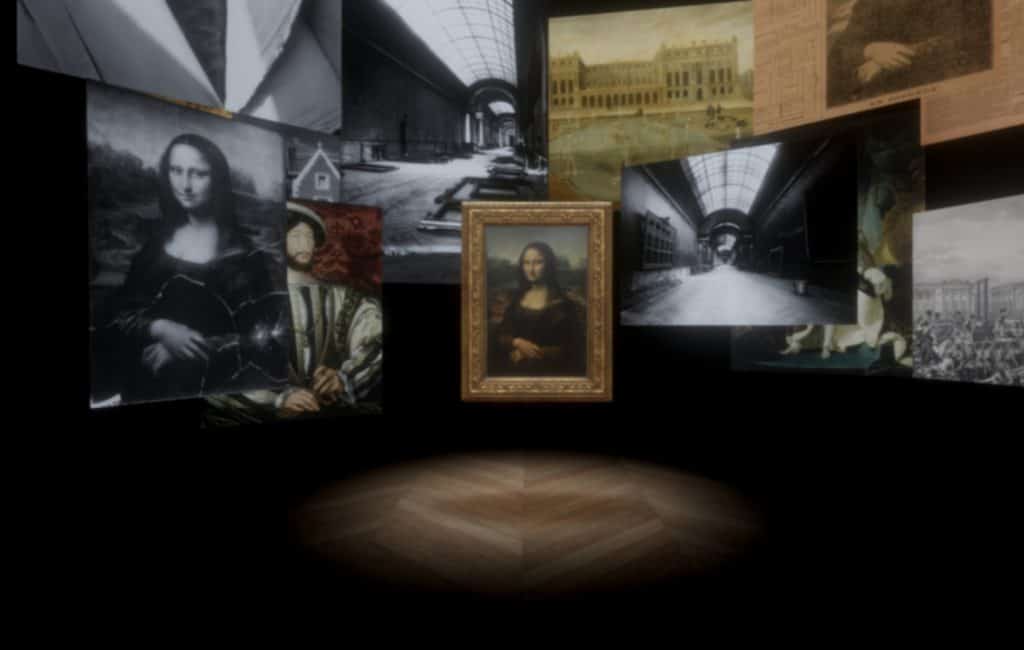Articles and Features
The Virtual Museum


The Sylvain Levy Column
Sylvain Levy is a collector and, along with his wife Dominique, is one of the principals of the dslcollection, a major collection of Chinese contemporary art. Founded in 2005, the dslcollection promotes the discovery and study of Chinese contemporary artistic production. It embraces innovative technologies in order to foster greater visibility and to provide the means to share the experience of contemporary culture. Openness, the nomadic and sharing are core concepts of the dslcollection.
Why does a virtual museum make sense?
The New York Times published an article titled “Meeting Mona Lisa for an intimate (virtual) rendez-vous”. More and more museums are creating virtual reality experiences. Why?
While the “white cube” gallery model was sufficient in addressing the contemporaneous needs of previous generations, the growing demand for VR spaces is very much a reflection of the current social, economic, and political climate, as well as artistic and cultural pursuits.
According to Paul Vershure, “Firstly a virtual reality environment is an immersive, interactive, computer-generated environment. In effect, being a virtual museum is a digital entity that draws on the characteristics of a museum in order to complement, enhance, or augment the museum experience through personalization, interactivity, and richness of content.”
Every word in this definition is significant in highlighting the relevance of a VR museum in its own right, and not just as a replica of a traditional “brick and mortar” museum.
It means that the experience of an artwork will prevail on just its contemplation.
The novelty of VR compared to previous technologies, can be mainly analysed through the transformation on the locus and the experience of traditional visual arts.
“If we broaden the idea, it’s not just about the art space, but also about the nature of perception itself.”
Here are some points :
– VR is more immersive than a 2D video and increases the sense of presence in a non-physical world.
– VR has a high potential for compelling storytelling.
– VR creates immersive, interactive experiences to transport audiences of all ages into fantastic realms of story and exploration.
When wearing VR goggles, the space outside goes away; you’re literally wearing the gallery space on your head. If we broaden the idea, it’s not just about the art space, but also about the nature of perception itself. Helped by the external VR sensors and control console, the audience can walk around to scrutinize each artwork, observe it from all directions (otherwise impossible in real-life), and even gaze at parts of the work from within it.
With such deeper engagement and through 360 degree access, artworks become naked and demystified. Liberated from predetermined path, the audience is empowered to create limitless possibilities for a unique self-experience. The need for interaction becomes impulsive and compelling, along with the desire to transform the more engrossing and immersive VR territory into the beholder of personal experience. With virtual reality, “Get wired to go weird” !

Virtual reality can invent new economic models for museums
One of the powers of VR is its potential to reach millions, as witnessed in the entertainment industry.
To date, museums are still arguably the biggest stage for art. But VR technology could enable a museum to exponentially increase the scalability and global outreach for its collections, to accommodate a massive influx of virtual visitors with little compromise in the quality of experience. This scalability redefines the way a collection might be promoted and distributed.
As for its distribution, VR may have the same impact on art that watching music videos had on consuming music. Distributors are monetizing digital, international, and long-tail content and building more agile and cost-effective new business models. Users are willing to pay for creative products. Yet sales of digital content show that consumers, as they spend more time online, are willing to pay for content, especially if it provides variety, is of high quality, is affordable, and has the convenience of anytime, anywhere, anyhow consumption.
The limits of a virtual reality experience
Besides often cited barriers, such as price, technology and content, one of the biggest hurdles VR companies face is a social narrative that demonizes the technology as dehumanizing and unnatural. Technology can bring a dehumanizing utopia and clearly people can feel the emotional void in virtual spaces. To fight this negative image, the humanistic applications of VR must be communicated through the technology’s ability to generate empathy.
To conclude I shall say that virtual reality can be a game changer in the way people experience art, but art should always remain in the centre of this experience and not the technology. Technology should always serve art and not the contrary.
READ MORE
dslcollection
What is a museum today? – Sylvain Levy Column
Artland interviews Sylvain Levy